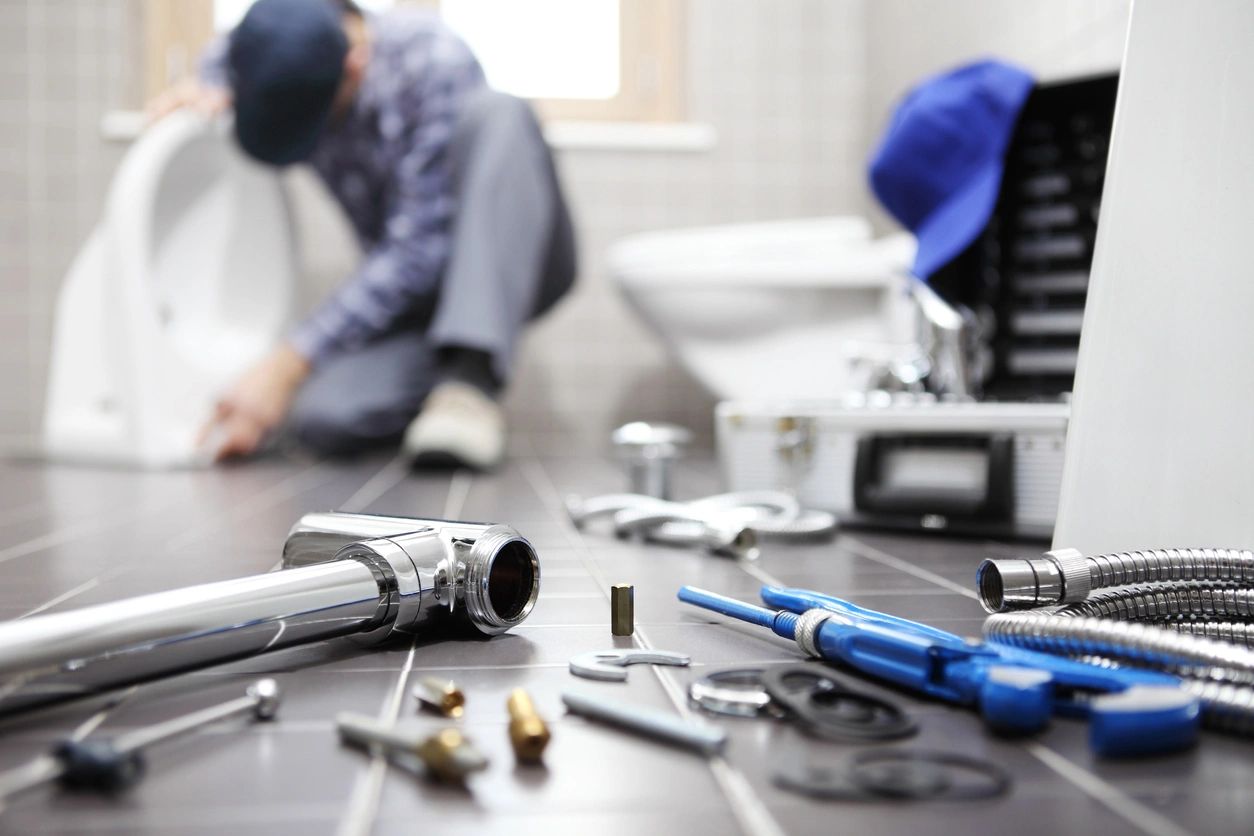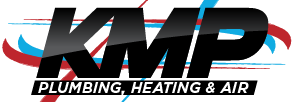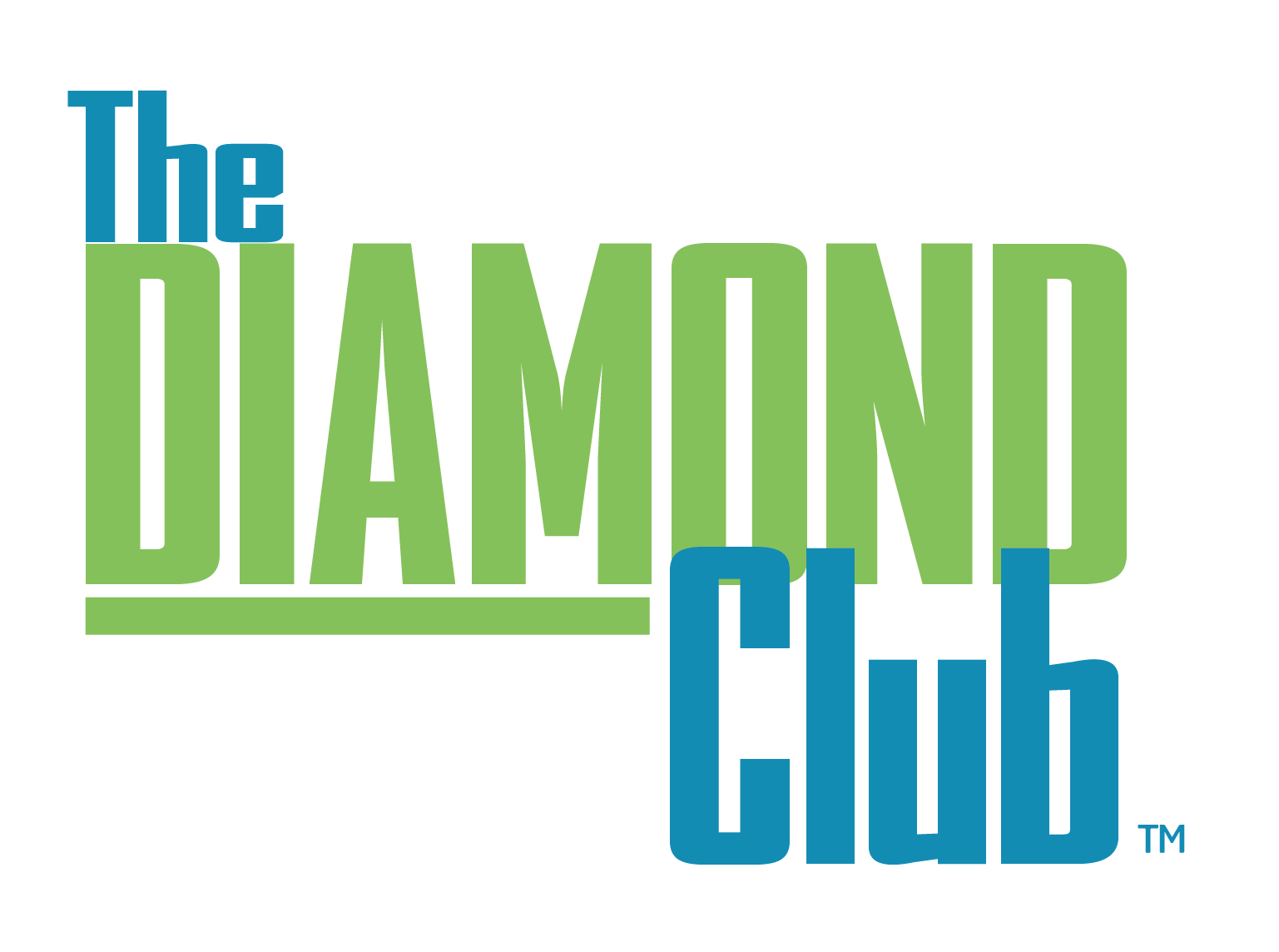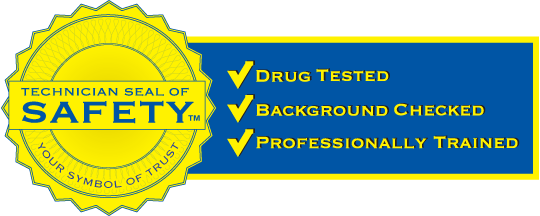
KMP Enrichment Blog By David Applegate, EHS Manager
June 2021
10 Plumbing Tips Every Homeowner Should Know (Part 1)
If you are a homeowner, you know (sometimes all too well) that plumbing problems can happen when you least expect them, and these problems often happen during the most inopportune times. Because of this it is imperative that you know what to do during these times and how to avoid costly repair bills.
There was a time when our water heater failed, and we had a huge water disaster to deal with. We were on vacation at the time and our water heater, in the attic, began to leak. When we arrived home, there was water dripping from the ceiling which caused flooding in the living room and in the kitchen areas. Our first thought was to do the repairs ourselves. We soon realized, however, that this was a job for the experts.
We did learn some important “money saving” lessons from that experience and that is what I want to share with you. The following are my Top 10 Plumbing Tips every homeowner should know. That is right, 10 Plumbing Tips Every Homeowner Should Know from a Plumber!
- Know how to turn off the water to you home.
The water main is the first line of access that water has to your home. It come from the street and goes through a water meter, then into your home. After the water meter there will be a shut off valve that you can turn on or off with pliers. If you ever have a leak or encounter a major plumbing issue in your home, you are going to want the water to be shut off before you begin. The valve you need to turn off is this valve right after the water meter.
- Know that there are two different types of plungers.
When you go to the DIY stores to purchase a plunger it is important to know that there are different types of plungers for different jobs. The two plungers that most homeowners need to own are: a cup shaped plunger. This plunger is designed to be used on flat drains like sinks or tubs. The second is a flange shaped plunger. It is specially designed to fit into the toilet drain to create better suction. Knowing the difference between the two is important; getting good suction on the clogged drain is how a plunger does its work. Knowing that there are two types of plungers for two different clogs is not just important for getting the job done correctly; but it is also essential to know for sanitation reasons.
- Know how to test your toilet for leaks.
One common place that you will often find a leak is in the flush-valve-seal located in the holding-tank that sits on the back of the toilet. It is a flapper type seal that moves up and down as you flush the toilet. This valve or flapper stops the flow of water going from the holding-tank into the toilet bowl when it is not being flushed. If you suspect that you have a leak and water is going from the holding-tank to the bowl, there is a test you can do that requires little to no plumbing skill. It is the “food coloring test.” All you need to do is place a few drops of food coloring into the holding-tank. When you return a few hours later and the water in the holding-tank has drained down into the bowl you know you have a leak.
- Know what should and what should not be flushed.
Taking care of your toilet is a good start to avoid plumbing problems. The first step to taking care of your toilet is to only flush toilet paper and your own waste. Yes, it is convenient to view your toilet as a “garbage can” but, you must resist the temptation to flush other items. It is important it know that products like cotton ball, cotton swabs, baby wipes, paper towels, hair, bandages, gum and other items can get caught in the pipes and eventually lead to a clog toilet.
- Know what should and what should not be placed in a garbage disposal.
Many homeowners view their garbage disposal as a “catch-all-garbage-can”, but it is not. As a homeowner there must be some level of respect for what this device is able to do. To avoid clogging or damaging this kitchen utensil it is imperative that you do not dump coffee grounds and paper filters into the disposal. Do not use the disposal to get rid of grease, fats, meat products or oils. Also, be careful not to put starchy foods like potatoes into the disposal. And finally, one needs to be selective as to the amount of vegetable peelings or rinds that the machine is expected to handle. Before running the disposal, it is best to let some cold water run into the drain for a few seconds and continue to run the water after the job is completed.
To be Continued in my Blog for the Month of July.



